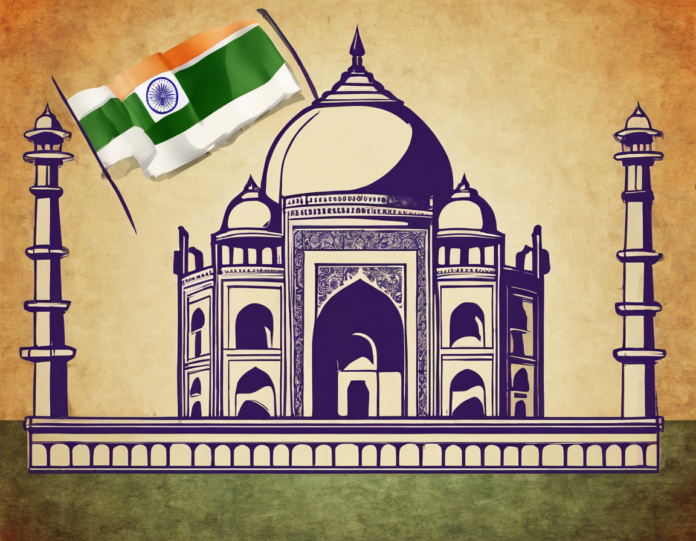India’s Federal Structure: Key Aspects
India is a diverse country with a federal system of government that shares power between the central government and various states. The federal structure of India is enshrined in the constitution, which clearly outlines the division of powers and responsibilities between the union and the states. In this article, we will explore the key aspects of India’s federal structure, including the distribution of powers, the relationship between the union and states, the challenges faced, and the future prospects.
Division of Powers
Union List, State List, and Concurrent List
India’s Constitution divides powers between the union government and state governments through three lists:
1. Union List: It includes subjects on which only the central government can legislate, such as defense, foreign affairs, and banking.
2. State List: It consists of subjects solely under the jurisdiction of state governments, including police, public health, and local government.
3. Concurrent List: This list contains subjects on which both the union and states can legislate, such as education, marriage, and adoption.
Relationship Between Union and States
Federal Features and Unitary Tendencies
India’s federal system exhibits both federal and unitary characteristics. While the states have significant autonomy in certain areas, the union government can intervene in state matters under specific circumstances. For example, during emergencies, the union government can take over the administration of a state. This delicate balance between federalism and centralization is crucial to maintaining the integrity of India’s federal structure.
Challenges Faced
Center-State Conflicts and Fiscal Federalism
One of the primary challenges confronting India’s federal structure is center-state conflicts. Disputes often arise over issues like resource allocation, distribution of revenue, and implementation of central policies at the state level. Additionally, ensuring fiscal federalism remains a challenge, as states rely heavily on central grants and devolution of funds for their functioning. Achieving a fair balance of power and resources among the union and states is essential for the effective functioning of India’s federal system.
Future Prospects
Strengthening Cooperative Federalism
To address the challenges and enhance the effectiveness of India’s federal structure, the concept of cooperative federalism has gained prominence. Cooperative federalism emphasizes collaboration and partnership between the union and states to achieve common objectives. By fostering a spirit of cooperation and mutual respect, India can strengthen its federal structure and promote equitable development across all regions.
FAQs
1. What is the significance of India’s federal structure?
India’s federal structure is vital as it ensures the distribution of powers between the central government and states, allowing for greater autonomy and representation at the regional level.
2. How does India resolve conflicts between the union and states?
Conflicts between the union and states are often resolved through dialogue, constitutional mechanisms, and judicial intervention if necessary. The principle of federalism guides dispute resolution.
3. Can states in India make their own laws?
Yes, states in India have the power to make laws on subjects specified in the State List. However, these laws should not contradict any existing laws of the union government.
4. What role does the President of India play in the federal structure?
The President of India acts as the head of state and plays a crucial role in upholding the federal structure by ensuring the smooth functioning of the government and representing the unity of the country.
5. How does cooperative federalism benefit India?
Cooperative federalism promotes collaboration and harmony between the union and states, leading to effective policy implementation, better resource allocation, and overall development across the country.
In conclusion, India’s federal structure is a fundamental aspect of its governance system, providing a framework for shared governance and division of powers. By addressing challenges, fostering cooperation, and upholding the principles of federalism, India can continue to strengthen its federal structure and promote inclusive development nationwide.

